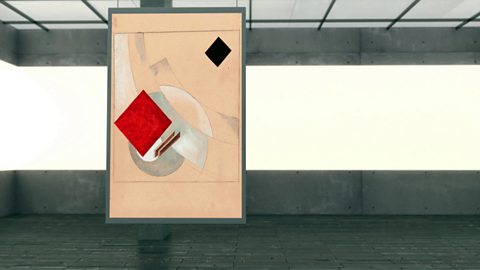Principles of design
Balance
The arrangement of elements in a composition can create balance or imbalance. Three key ways to create balance are through symmetry, asymmetry and radial symmetry.

Emphasis
Emphasis is what makes part of a composition stand out. Artists and designers can emphasise something in various ways which include using its position, using converging lines, or by making it unusual.

Movement
Most art and design work does not feature actual movement but artists can suggest movement and passing time through the techniques they use.

Proportion
Proportion describes the relationship between the dimensions of different elements and an overall composition. Scale refers to an artwork鈥檚 size and how parts of a composition relate to each other.
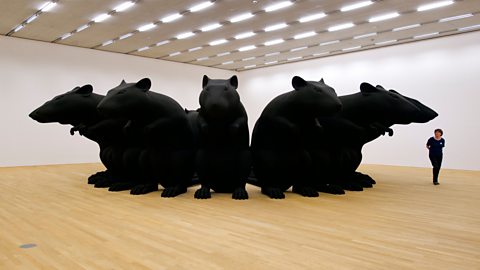
Rhythm
Rhythm refers to how elements are repeated or how they change and develop. Rhythm can be described as either regular, flowing or progressive.

Unity
Unity refers to how different elements of an artwork or design work come together and create a sense of wholeness. It can be achieved through proximity, simplicity, repetition and continuation.
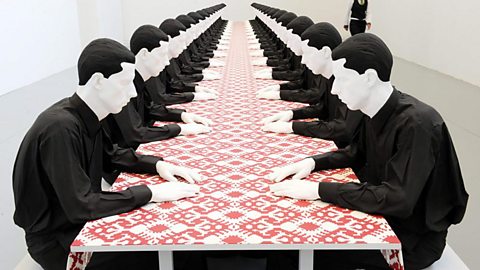
Variety
Variety refers to how artists and designers add complexity to their work using visual elements. Contrast, difference and change, and elaboration all add visual interest to an artist鈥檚 work.

Video playlist
Rhythm. Video
How regular elements can create a sense of rhythm in an artwork.

Proportion. Video
How proportion and scale are used to make an artwork stand out.
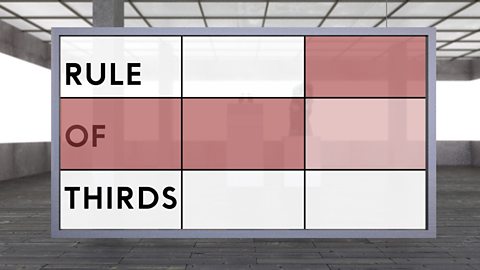
Balance. Video
How balance can be achieved with colour, shape, size, quantity, texture and position.

Variety. Video
How contrast and elaboration can create variety in artwork.
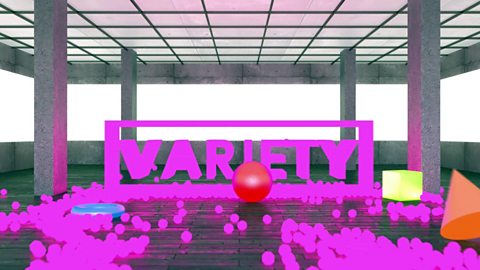
Unity. Video
How proximity, simplicity, repetition and continuation create unity in an artwork.

Movement. Video
How lines, edges, shapes and colours are used to suggest movement in an artwork.

Emphasis. Video
Explore five techniques of emphasis that can create focal points which draw the eye.
